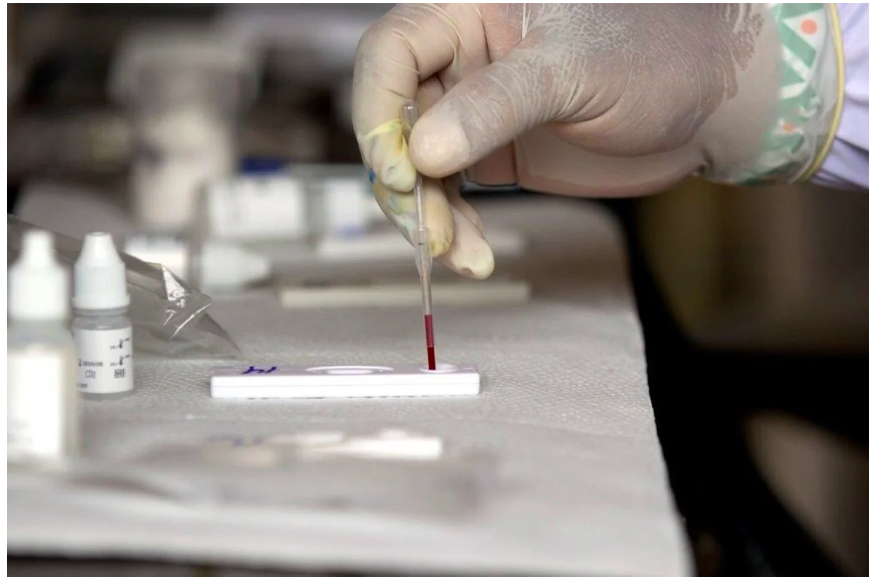Washington, DC, June 21, 2022 (PAHO)- The Pan American Health Organization (PAHO) made new guidance available to laboratories in the region to contribute to investigations into the causes of hepatitis of unknown origin in children.
Between October 1, 2021, and June 16, 2022, at least 869 probable cases of acute hepatitis of unknown etiology were reported in healthy children under 16 years of age in 33 countries around the world. Of these, 368 were in seven countries in the Americas, the vast majority (290) in the United States.
“While this is a severe disease in children and is a cause of concern, its occurrence remains rare,” said Ruben Mayorga, chief of HIV, Tuberculosis, Hepatitis and Sexually Transmitted Infections at PAHO. He stressed, however, that it is important to “continue to monitor the situation and to investigate probable cases.”
There are several hypotheses about the cause, including toxicological/drug, dietary, immunological, environmental, or infectious factors, but none have been proven so far and several are being actively investigated. Determining the cause will inform public health policies as well as measures to prevent new cases and treat the disease.
The new PAHO guidelines include a laboratory algorithm created to rule out the most frequent viral hepatitis (A, B, C, D and E), and other diseases endemic to the region which could cause liver damage, such as malaria, yellow fever and leptospirosis.
Human adenovirus – which generally causes mild, self-limited gastrointestinal or respiratory infections in children – is among the infectious agents being investigated. The guidelines incorporate the virus as part of the investigation protocol among other possible infectious causes.
Once other possibilities have been discarded, the PAHO guidance suggests considering additional tests such as a respiratory pathogen panel, or for enterobacteria and other less frequent pathogens. This tiered testing process ensures a rational and cost-effective use of public health laboratory resources.
“These guidelines seek to help gather information to define what is the most likely cause of this hepatitis,” said Jairo Méndez, PAHO regional advisor on viral diseases. “It may be multifactorial, it may be something that is triggered in conjunction with other infectious, toxic or metabolic causes, but we still don’t know, so it is important to analyze the probable cases and shed a little light on the investigation.”












